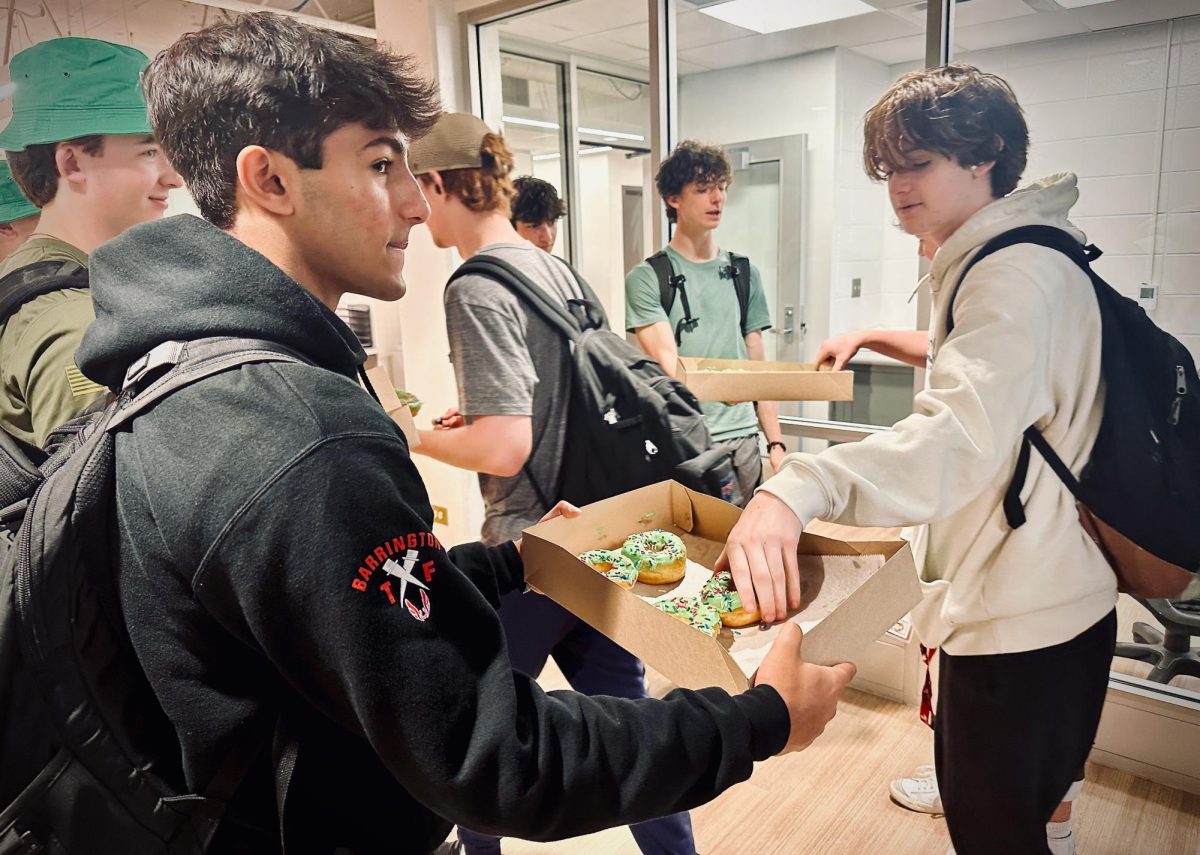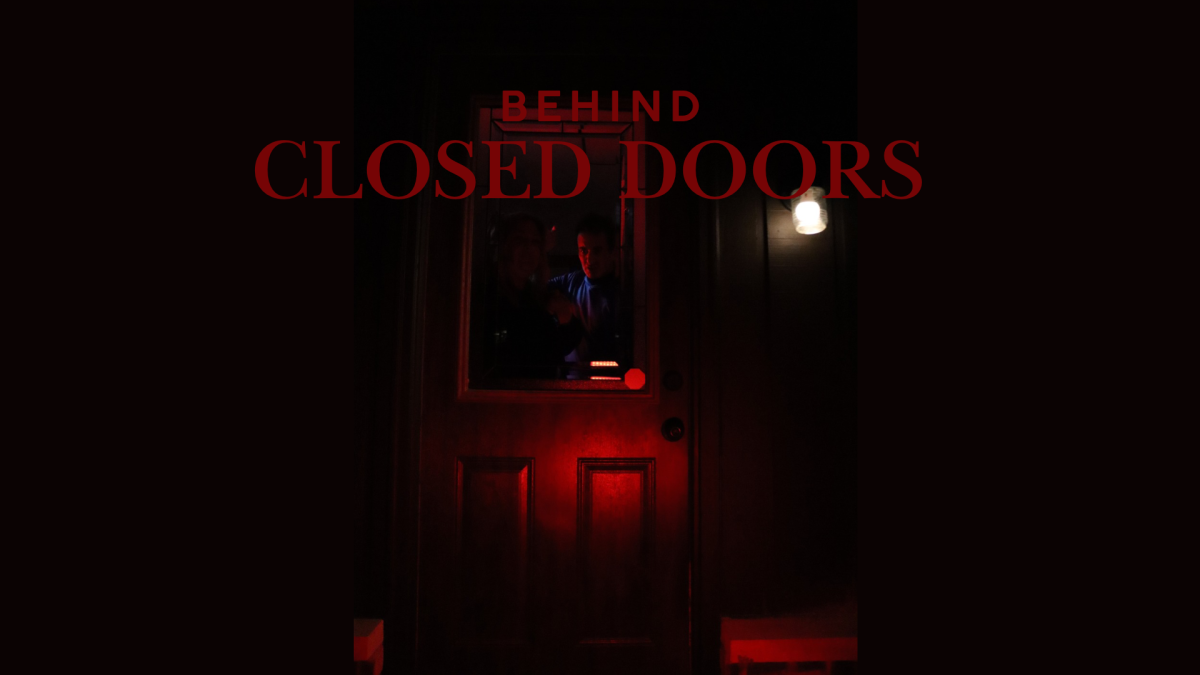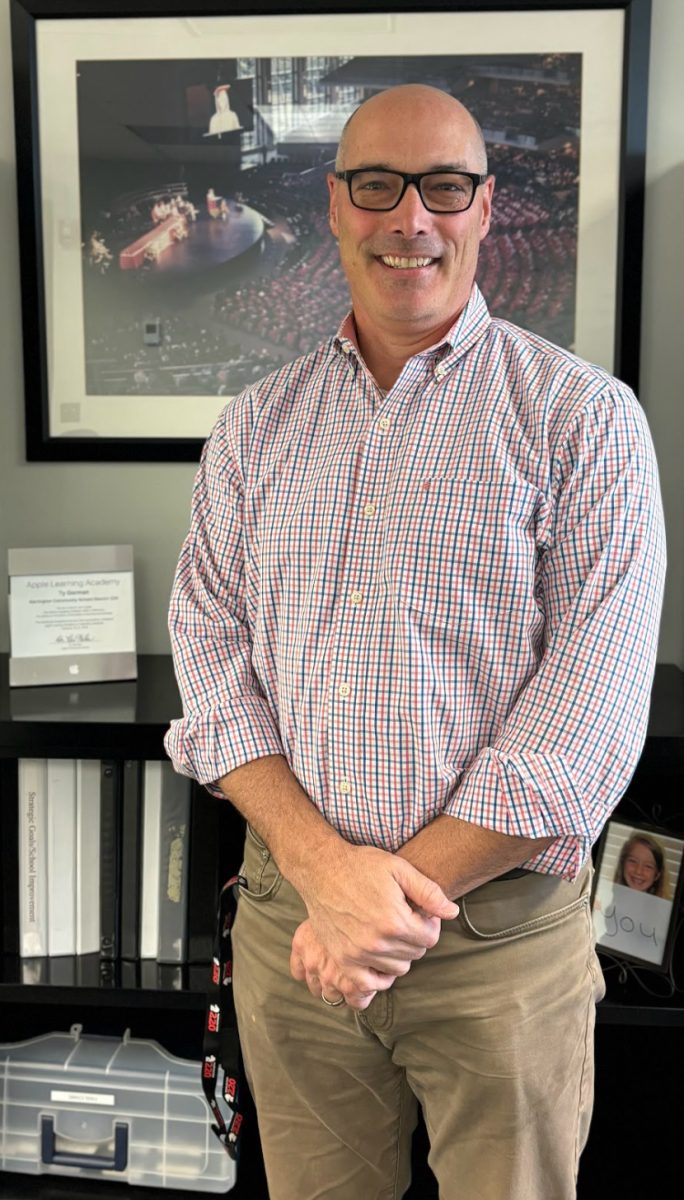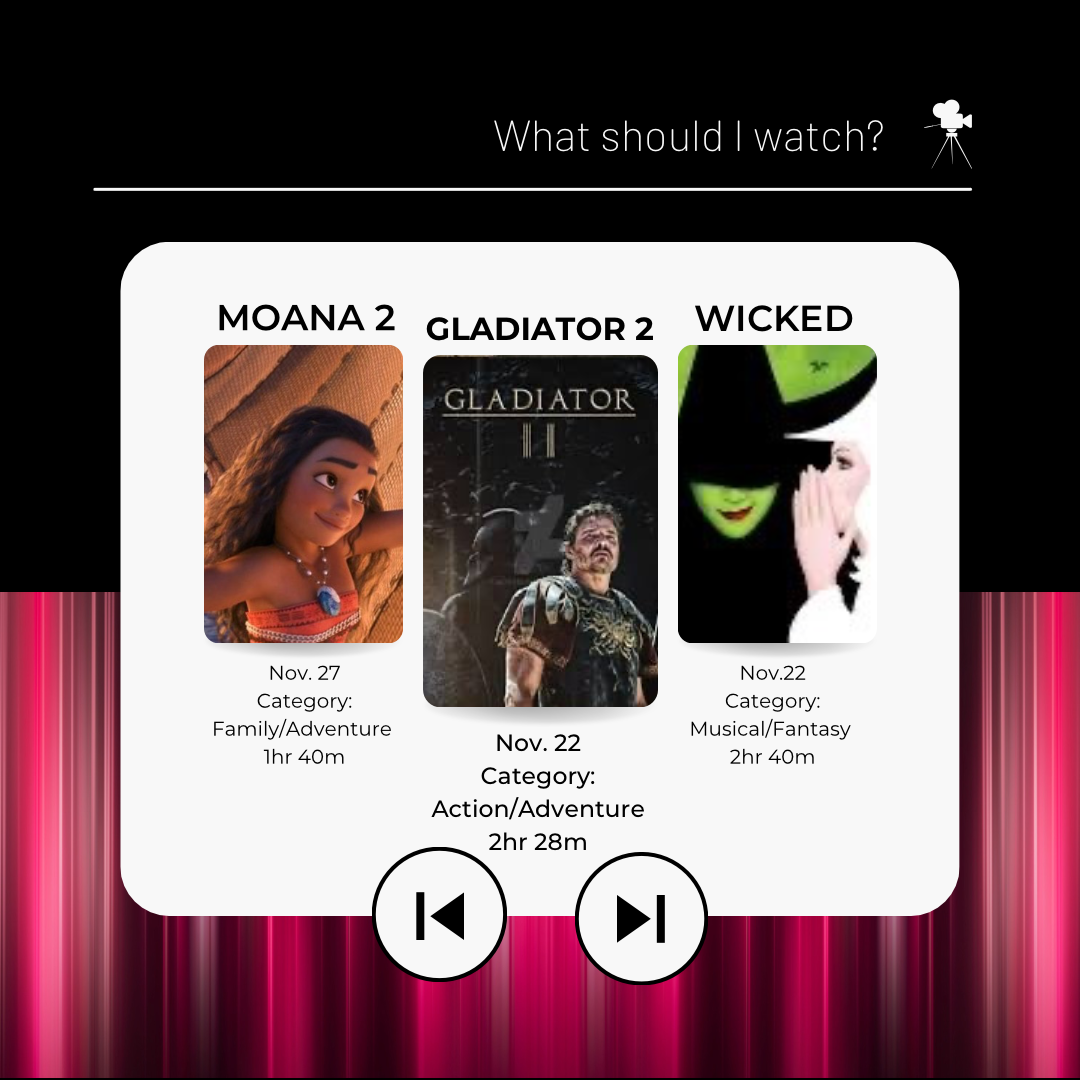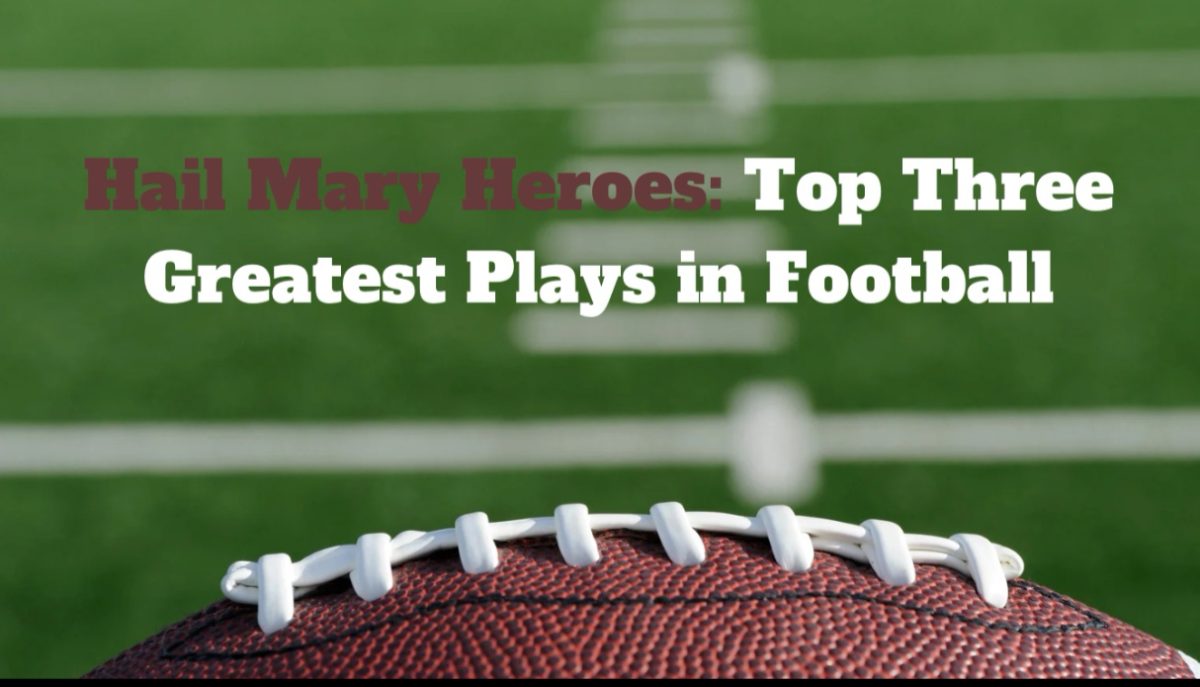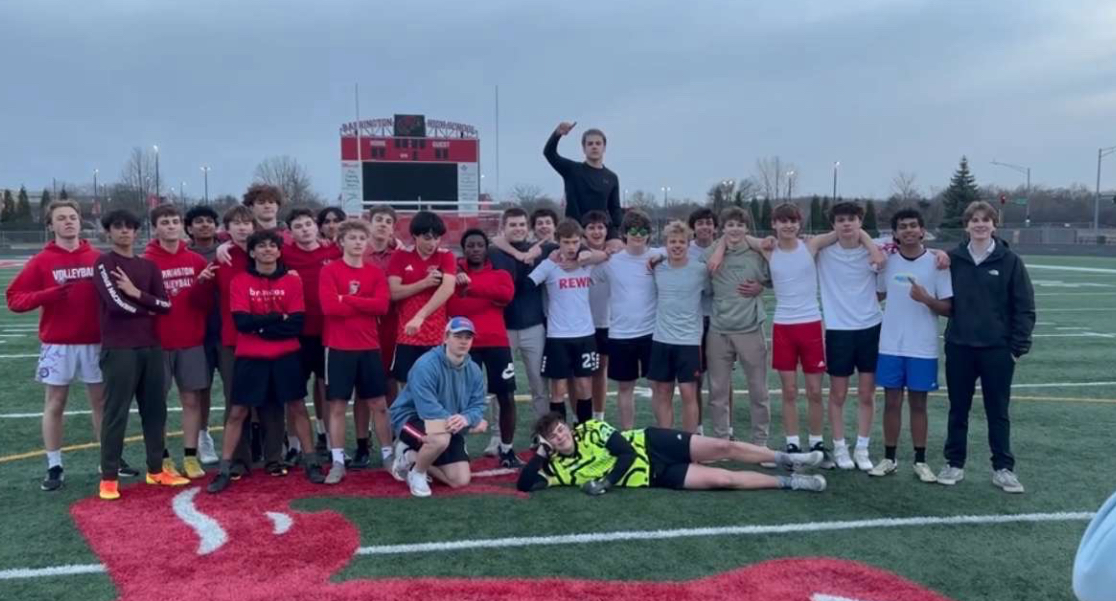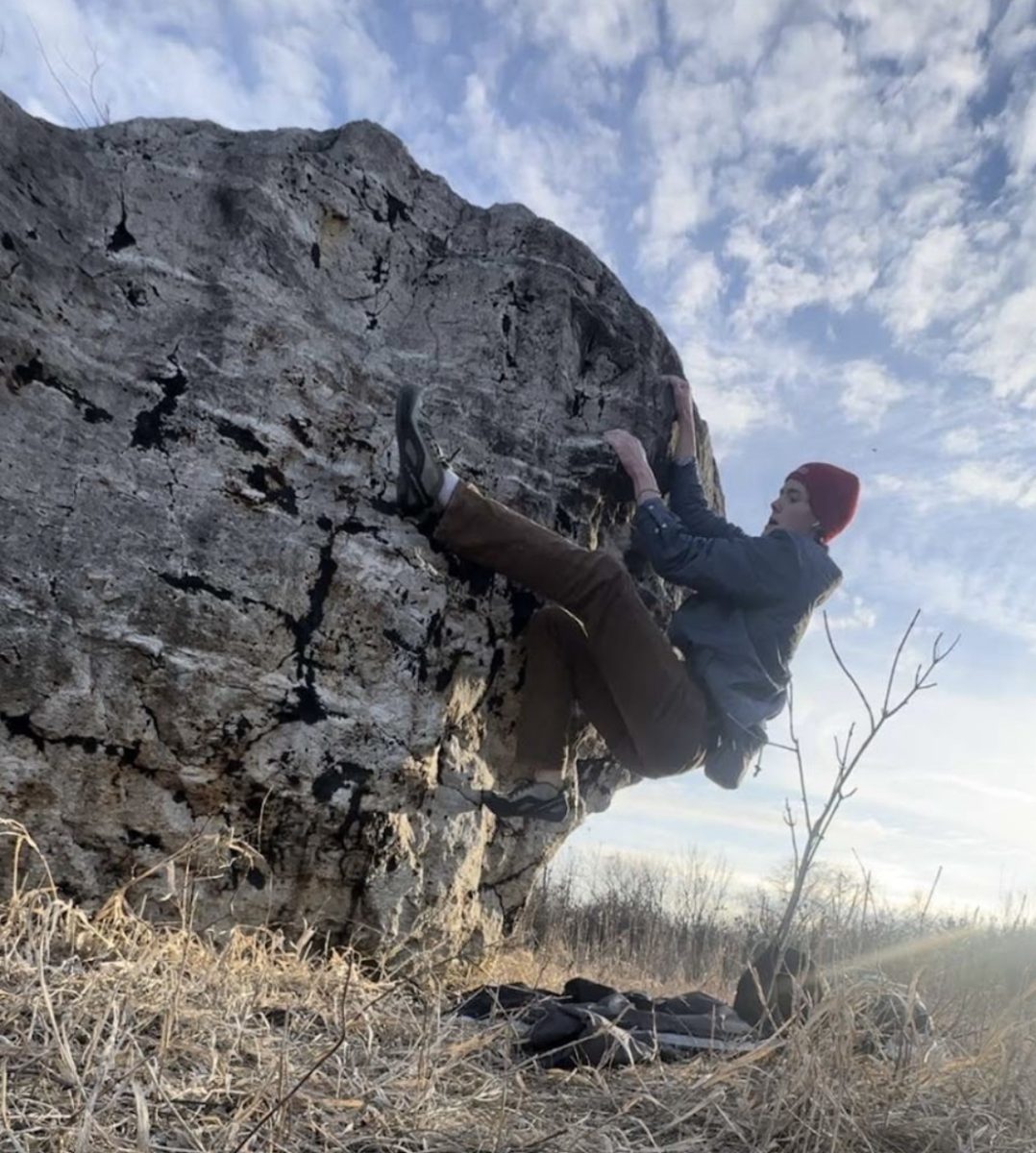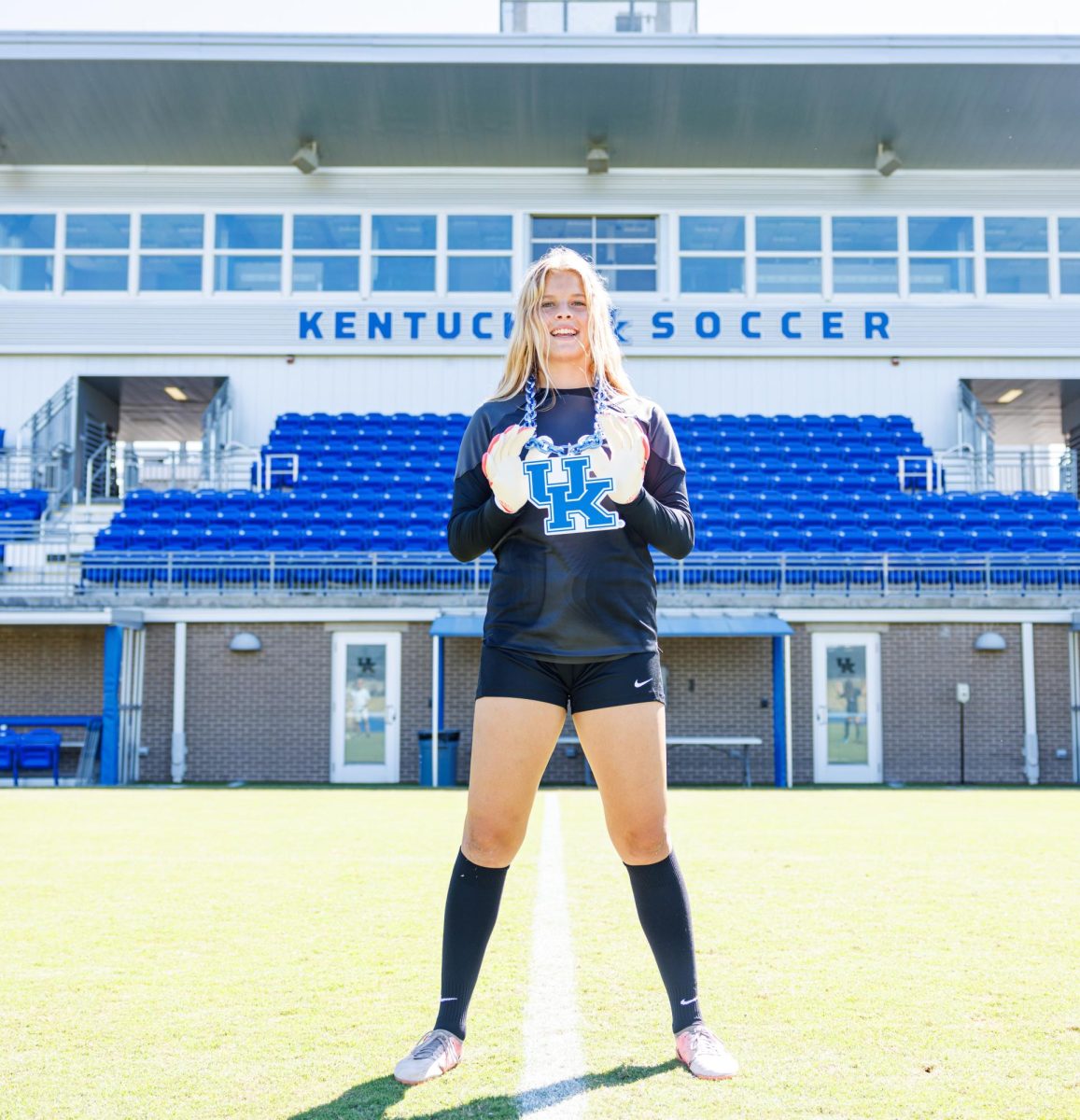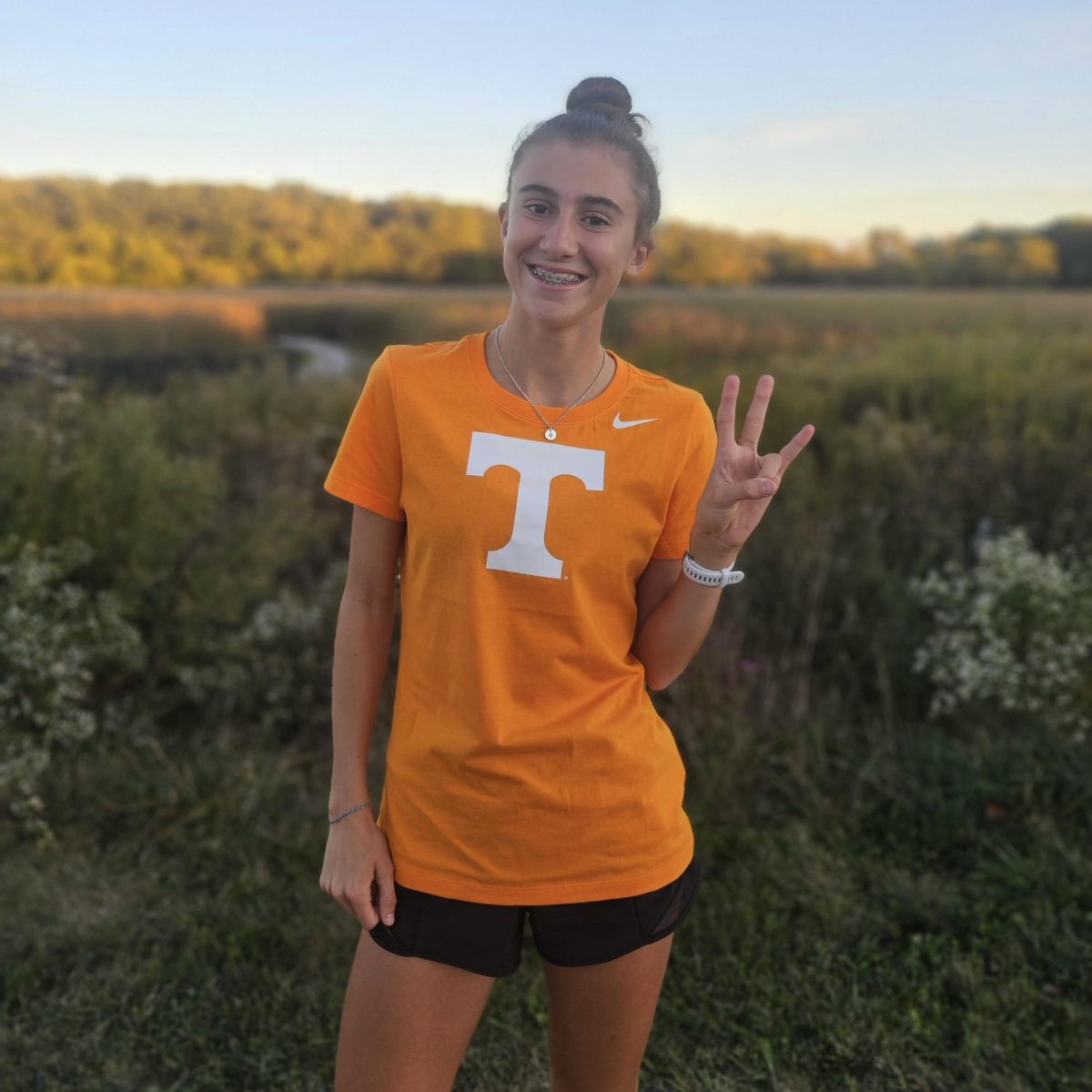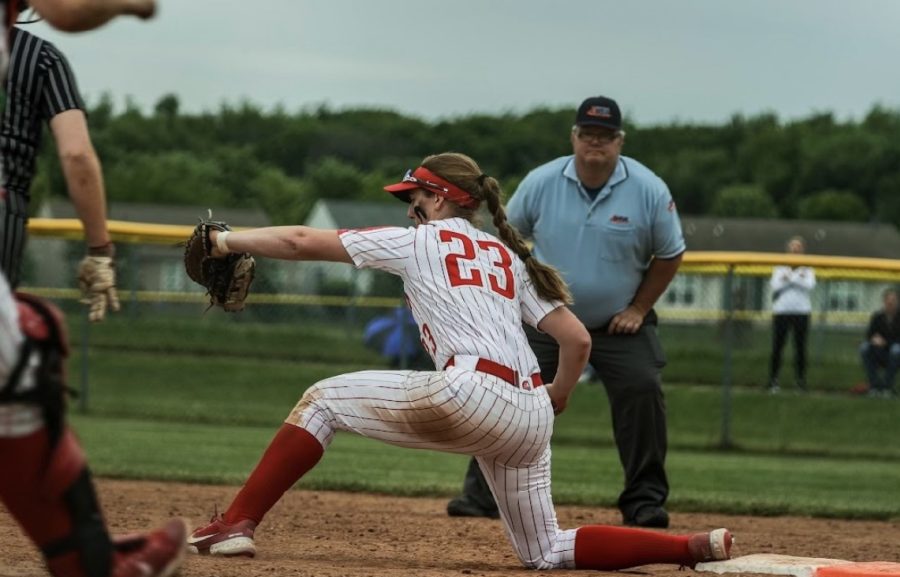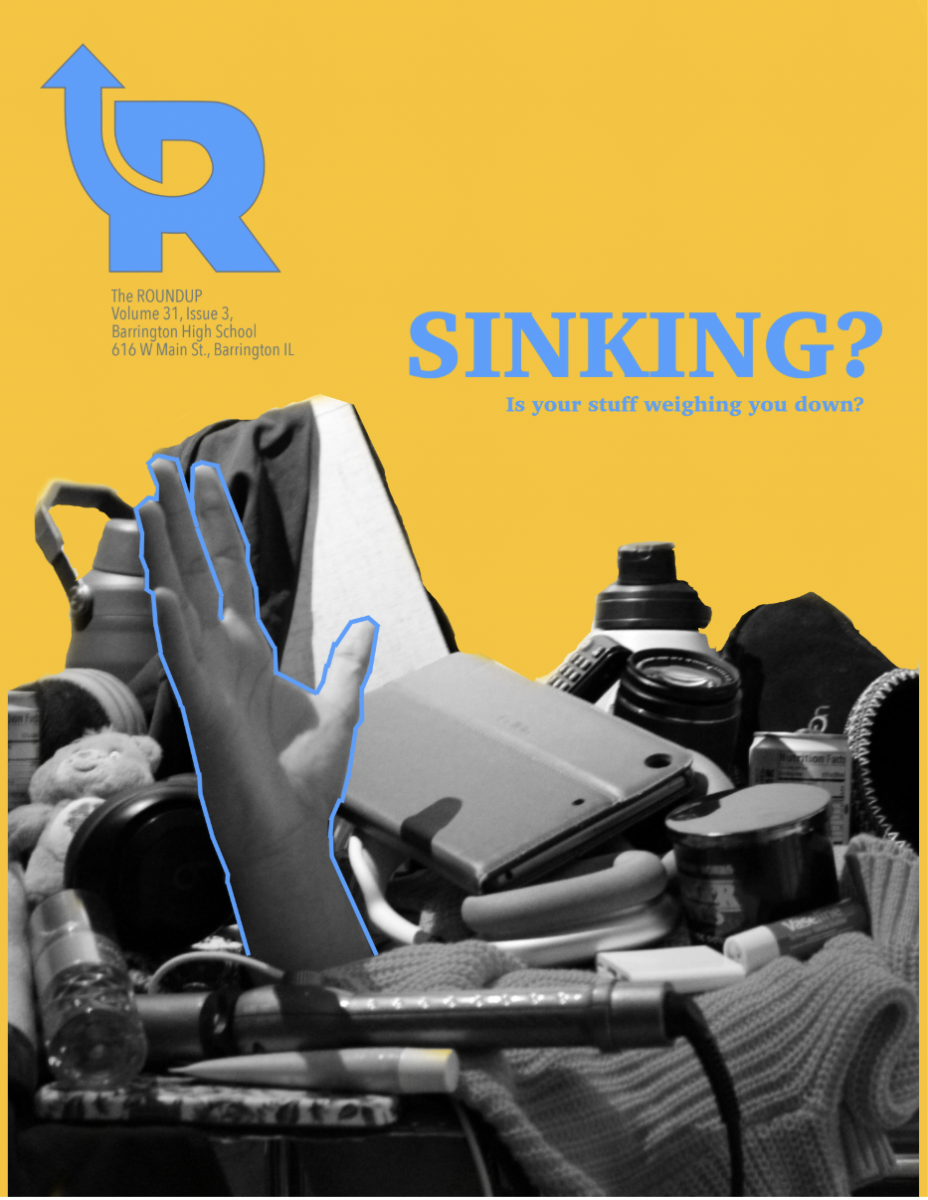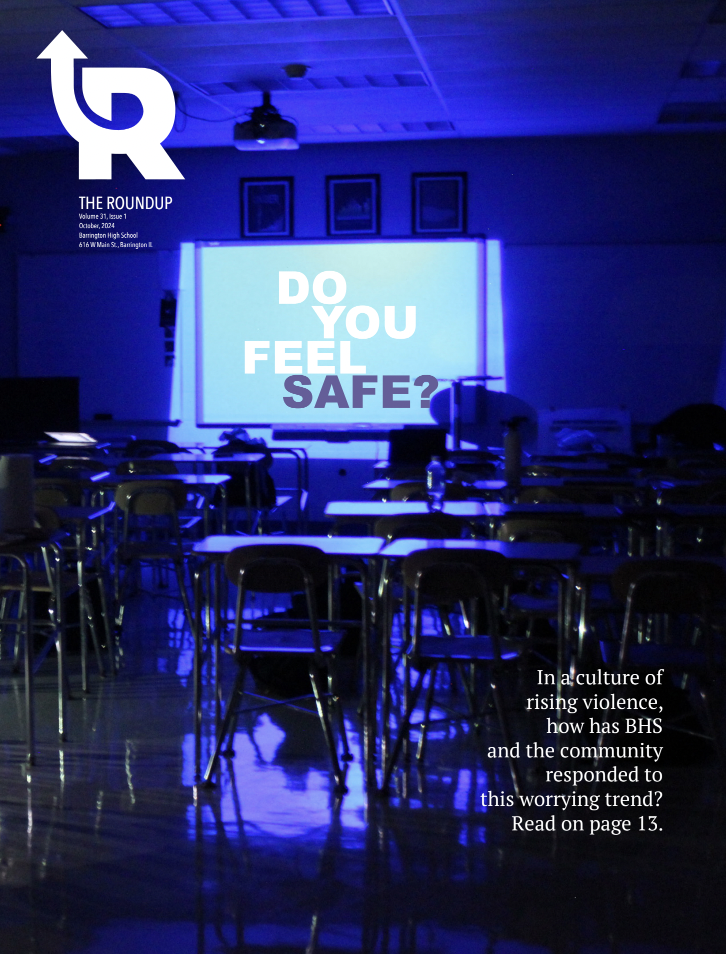Athletic trainers: The ultimate first responders
Athletic training isn’t for the faint of heart. Athletic Trainer, Russ Schellhase, certainly knows that. Over his years as a trainer, he’s dealt with spine fractures, open fractures with bones sticking out and he’s even treated athletes who were knocked unconscious.
According to a study done by the National Athletic Trainers Association, approximately 10 secondary school football players died each year from 1990-2010 in games and practices. The study claims that 85% of these would have been preventable if the schools had an athletic trainer been onsite.
“We are responsible for the health and safety of more than 700 athletes at BHS. Some days seem mundane where not much happens, but when an athlete is seriously hurt, you realize how important your job is,” Schellhase said.
Schellhase stresses the importance of having athletic trainers at schools.
“Athletic trainers are healthcare professionals responsible for the health and well being of all athletes. AT’s are also the ultimate first responders. They are on scene even before EMS and are trained for catastrophic injury,” Schellhase said
According to the same study done by the NATA, secondary schools without AT services rely on coaches and administrators, such as athletic directors, to determine proper medical treatment when injuries and emergencies arise during a practice or competition. This poses considerable risks for the athlete and school district.
NATAs study also states that 62% of sports related injuries occur in practice. But Schellhase says that every day is different.
“One of the best things about my job is that every day is different, you don’t know who is coming in or what will happen at any given practice/game. We as athletic trainers just have to be prepared for whatever may happen,” Schellhase said.
Athletes also have to play a part in a recovery from an injury as well. It’s not all on the athletic trainers when it comes down to recovery.
“I tell the athletes that it’s the work you do when no one is watching you is what makes you successful. If you are given exercises or told how to recover from your injury and choose not to do them, your recovery will take longer and you may not make a full recovery,” Schellhase said.
The best piece of advice he would give to athletes who want to avoid injuries is to restore their bodies first before pushing the boundaries.
“The best predictor of injury is previous injury. I learned this years ago and it holds true. If you sustain injury and do not restore proper function, your body will learn to compensate and manifest injury somewhere else. Even though the pain will go away after injury by itself, the body has already taught itself how to work around the pain or lack of strength or lack of motion,” Schellhase said.
Athletic trainers are an important part of the future of athletics in general. High school athletics, while fun, can also be dangerous and there are stats that back it up. It’s crucial that high schools around the country take the necessary precautions, and put their athletes’ health and safety first, by bringing in proper medical professionals.
Your donation will support the student journalists at Barrington High School! Your contribution will allow us to produce our publication and cover our annual website hosting costs.


